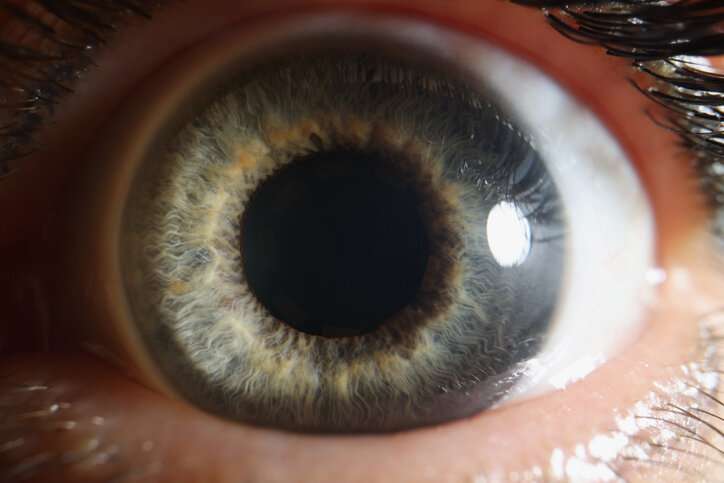This article has been reviewed according to Science X's editorial process and policies. Editors have highlighted the following attributes while ensuring the content's credibility:
fact-checked
peer-reviewed publication
trusted source
proofread
Study: Women are more likely to experience repeat cases of toxoplasmosis eye disease

Women are more likely to experience recurrent cases of the Toxoplasma parasite, according to new Flinders University research.
With the condition putting people at risk of further attacks of toxoplasmosis that can progressively damage the retina and lead to vision loss, international experts have demonstrated that women are also more likely to have more than one lesion in their eyes.
The new study, which analyzed the impact of toxoplasmosis on 262 participants at an eye clinic in Brazil, aims to address differences in the way dangerous infections like toxoplasmosis impact people because of their gender to develop targeted treatments.
Closely associated with cats, Toxoplasma is a parasite that causes the infectious disease known as toxoplasmosis. For humans, while domestic cat feces can be a carrier, the most common route of infection is by eating undercooked or raw meat sourced from infected livestock.
"Inflammation in the retina continues to be the most common disease caused by an infection with Toxoplasma. This new research shows that although the medical outcomes of toxoplasmosis are similar for both men and women, there are clear and significant differences in symptoms between genders when people present at a clinic for treatment," says study senior author Professor Justine Smith, Strategic Professor in Eye & Vision Health at Flinders University.
"For the first time, we are showing that the symptoms of toxoplasmosis vary not just depending on the age and health of the infected individual but also on their gender. This research demonstrates the potential for patients gender to influence toxoplasmosis in their eyes, so we can improve our understanding about the disease and hopefully develop future treatment pathways."
In the study, published in the British Journal of Ophthalmology, Professor Smith and her team compared differences in toxoplasmosis symptoms between 139 women and 123 men who presented to a clinic for treatment in Riberiao Preto, Brazil.
"Lesions in women's eyes were significantly more likely to occur in the central retina compared with those in men's eyes. The quality of the vision was similar for women and men and there were no significant differences in measures of visual sharpness, ocular complications, and occurrence and timing of disease reactivations between the genders," says Professor Smith.
"Ultimately, we determined that toxoplasmosis has similar outcomes for both genders but that there are clear differences in the type and characteristics of the disease which impact each gender differently."
More information: Matilda R Lyons et al, Impact of gender on clinical features and outcomes of ocular toxoplasmosis, British Journal of Ophthalmology (2023). DOI: 10.1136/bjo-2023-323227





















